
In our tech-savvy world, a dead laptop battery can be a real buzzkill. Running to the power outlet to connect a laptop charger is not fun, primarily when most of us work from different parts of the house where a plug might not be available. Lucky for you, we’ve compiled some top-notch tips to help you maximize your laptop’s battery life. Let’s dig into these easy yet effective strategies.
Dim Your Screen Brightness
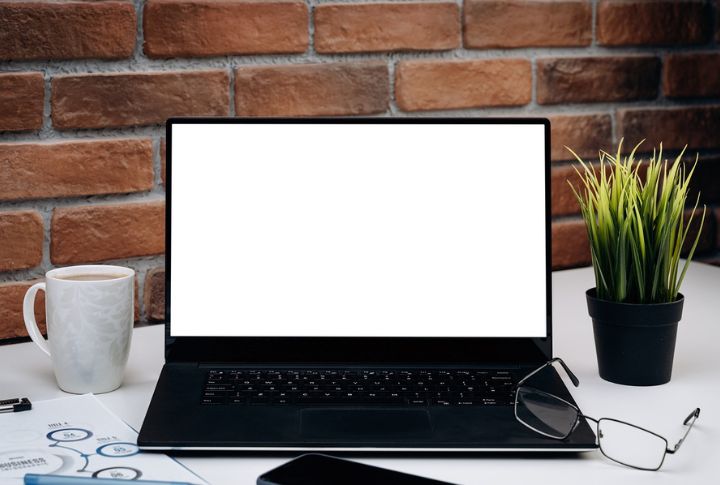
Reducing the brightness of your screen is one of the easiest ways to prolong your battery life. Adjust your display settings to the lowest comfortable level to save power without straining your eyes. You can also increase your battery life by changing to a darker screensaver or wallpaper if the current one is extremely bright.
Disable Unnecessary Background Apps
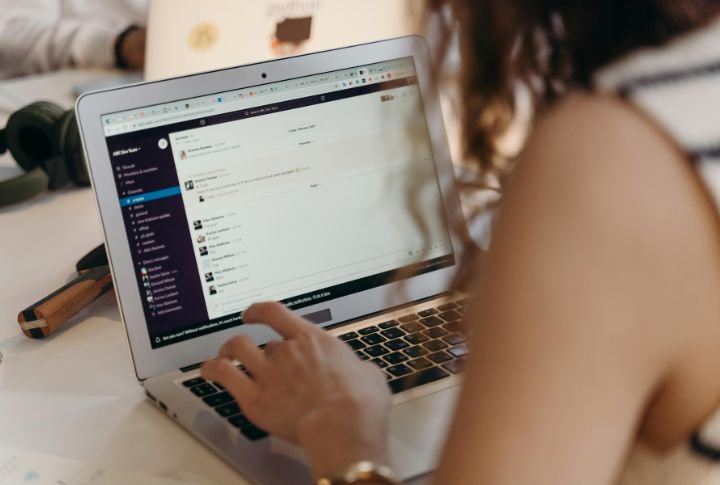
Background applications can drain your battery quickly without you even realizing it. Close any apps you aren’t actively using. Use your task manager to identify and shut down any power-hungry programs running in the background.
Activate Battery Saver Mode
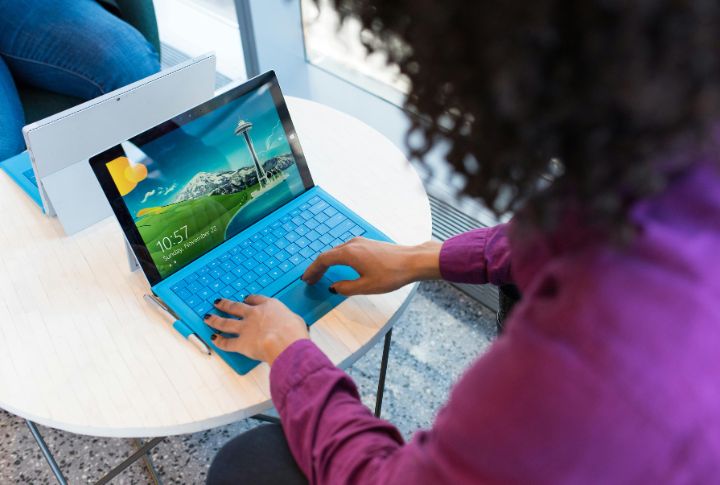
Most laptops come with a built-in battery saver or power-saving mode. This feature automatically adjusts your settings to maximize battery life. Check your laptop’s settings for features like “Battery Saver” mode or “Battery Health Charging” to see if you can prolong the life of your battery.
Unplug Unused Peripherals
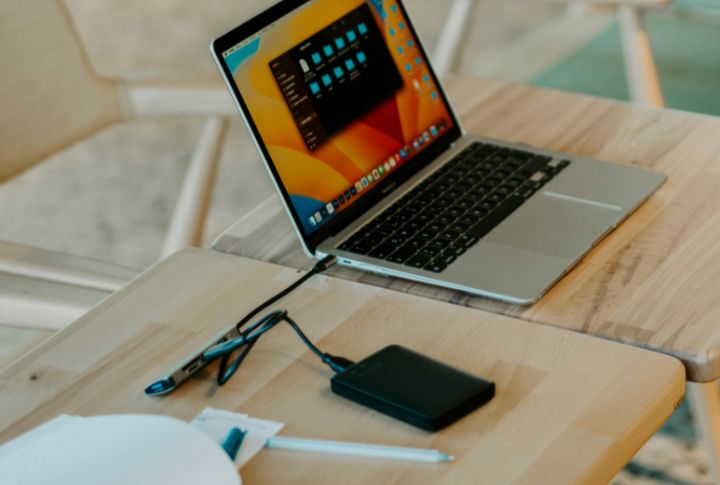
Peripherals like external hard drives, USB drives, and even your mouse can draw power from your laptop. Disconnect any devices you aren’t using to reduce the strain on your battery.
Manage Your WiFi Usage
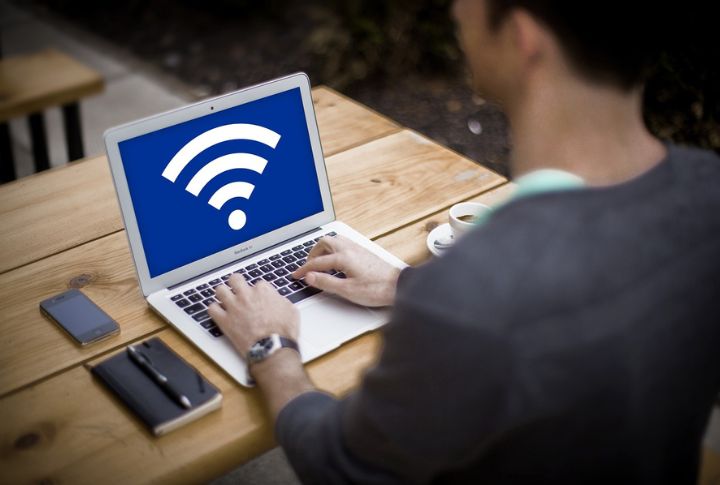
Keeping WiFi on when you’re not using it can drain your battery unnecessarily. Turn off these features when they’re not needed. You’re likely far from wireless networks when using your laptop off the grid, so you can turn it off. Many laptops have a function button that lets you manually turn off the wireless adaptor to avoid wasting needless energy. However, older laptops frequently lack this feature.
Keep Your Software Updated
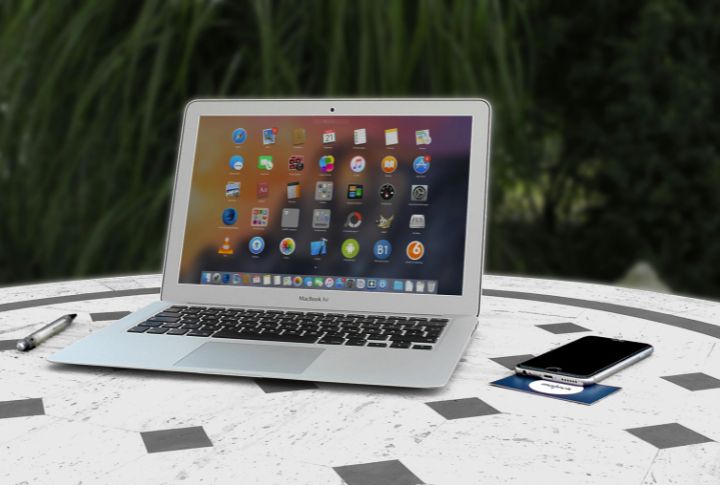
Ensure your operating system is up to date for optimal battery performance. Regular software updates can enhance your laptop’s performance and battery life. Developers often include energy efficiency improvements in updates. Furthermore, an operating system update may also include a smart charging option that can improve the effectiveness of your laptop’s charges.
Adjust Power Settings
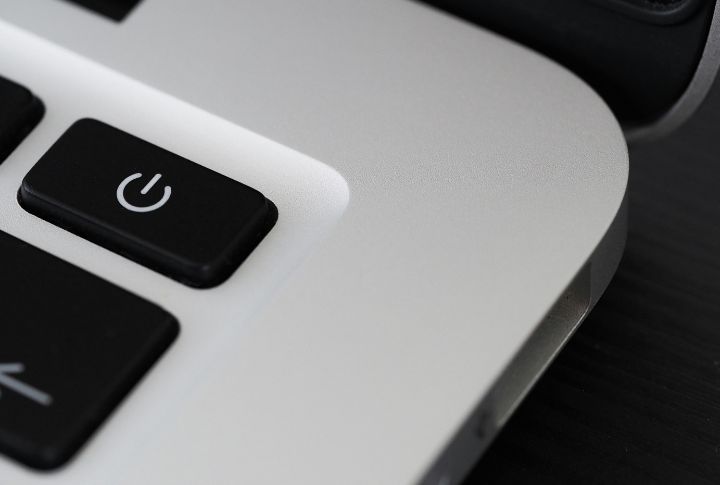
Tweaking your power settings can make a big difference in battery life. Opt for settings that prioritize energy savings, such as shorter screen timeouts and sleep modes. Customize these options to balance performance with battery efficiency.
Optimize Your Battery Charging Habits

Proper charging habits can prolong your battery’s lifespan. Remember not to always leave your laptop plugged in and let the battery discharge occasionally. Overcharging can wear out the battery faster, so aim to keep it between 20% and 80% charged for optimal longevity.
Use Hibernate Instead of Sleep Mode

While sleep mode saves power, hibernate mode uses even less by completely shutting down your laptop while keeping your session. This is particularly useful if you won’t use your computer for an extended period. Activating hibernation can help conserve more energy than sleep mode.
Clean Your Laptop Regularly
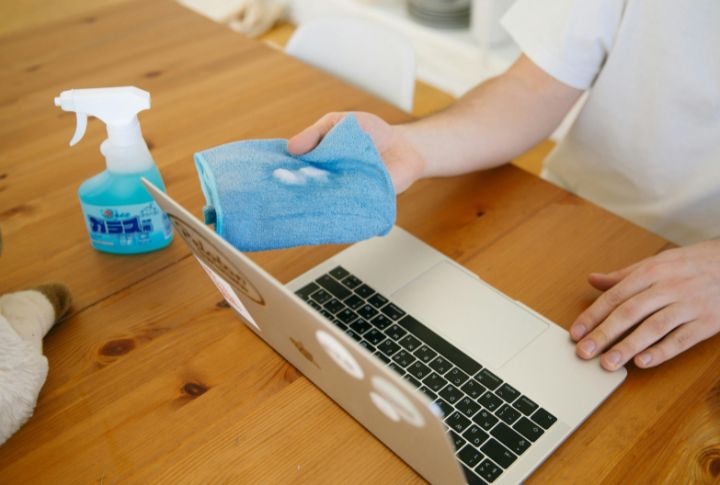
Dust and debris can block vents and fans, causing your laptop to overheat and drain the battery quickly. Regularly clean your computer to ensure proper airflow and cooling. A more superb laptop operates more efficiently and preserves battery life.
Reduce Visual Effects
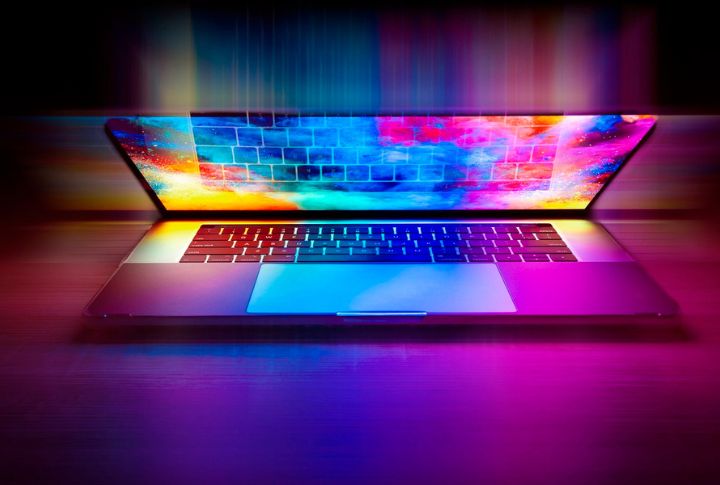
Fancy animations and visual effects can look tremendous but consume additional power. Turn off or reduce these effects in your system settings. This saves battery life and boosts your laptop’s overall performance.
Limit Multitasking
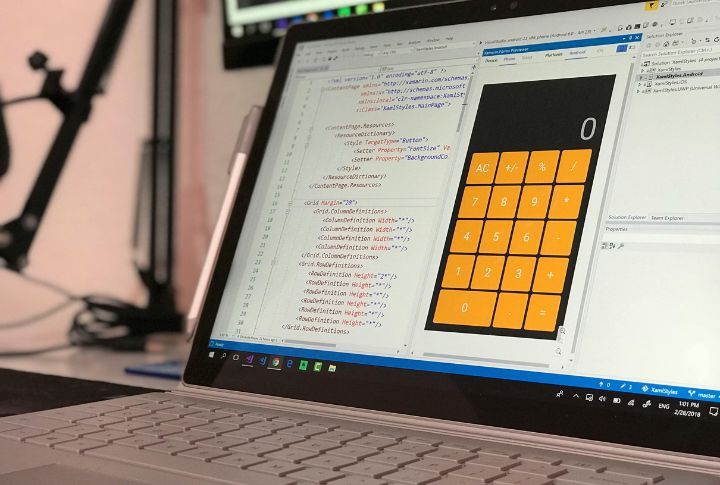
Focusing on one task at a time can help extend your battery life. Running multiple high-power applications at once can quickly deplete your battery. Try to limit multitasking and close programs you’re not actively using.
Use Lightweight Software Alternatives
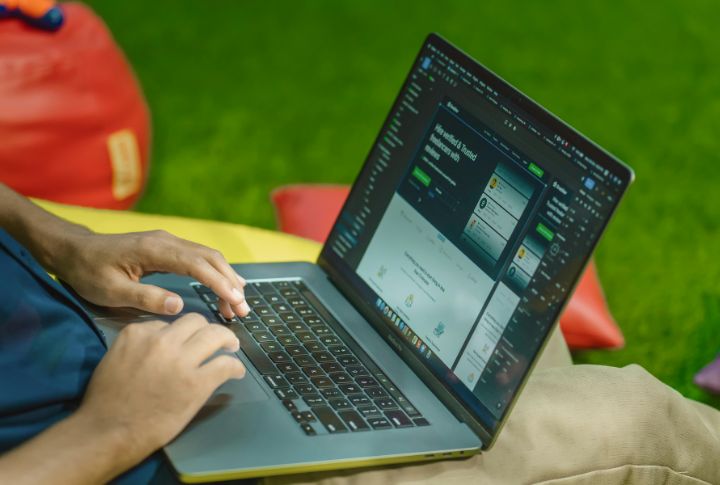
Choose lightweight software that requires less processing power. Programs designed to be resource-efficient use less battery power. Consider alternatives for your most commonly used applications to protect energy.
Adjust GPU Settings
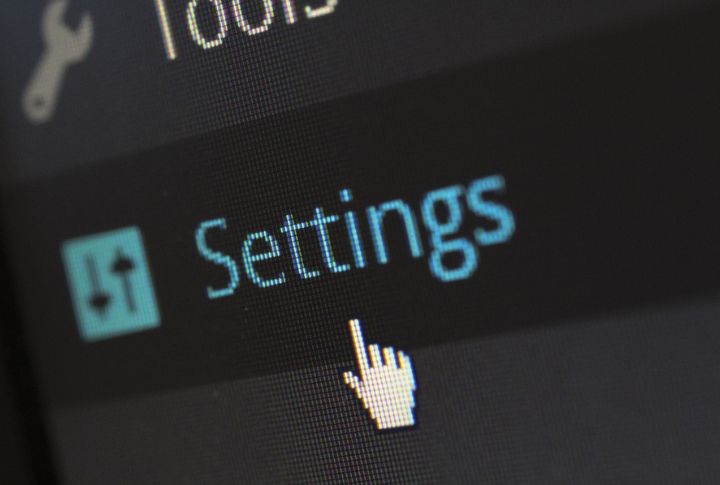
If your laptop includes a dedicated graphics card, it can drain the battery faster than integrated graphics. Adjust your settings to use the integrated graphics for less demanding tasks. This switch can significantly reduce power consumption and extend battery life.
Disable Keyboard Backlighting
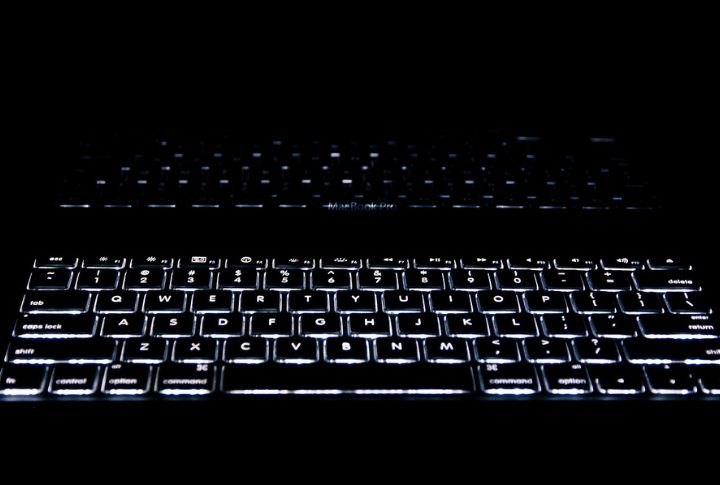
Backlight keyboards are convenient but can also drain your battery. Turn off the keyboard backlight when unnecessary, especially in well-lit environments.


Comments
Loading…